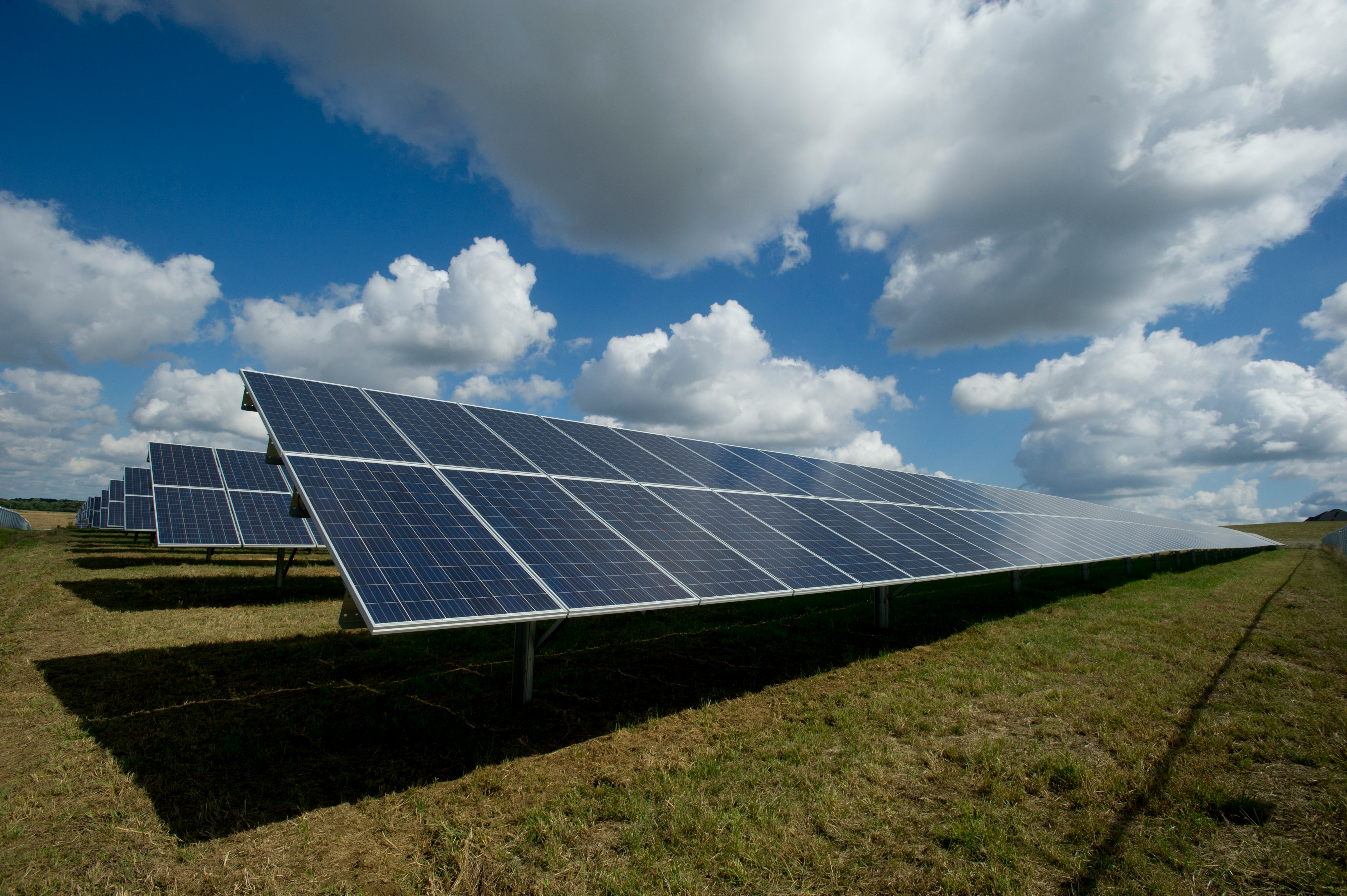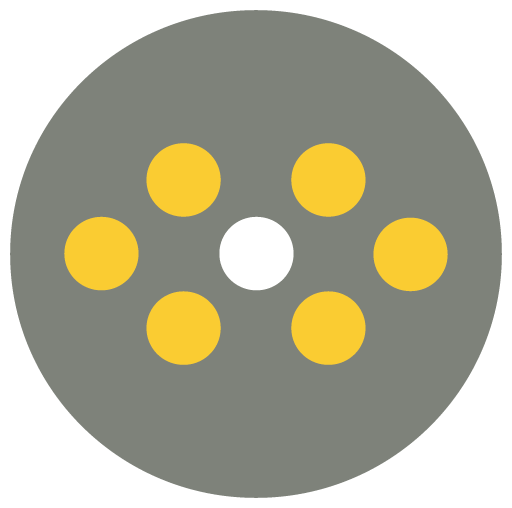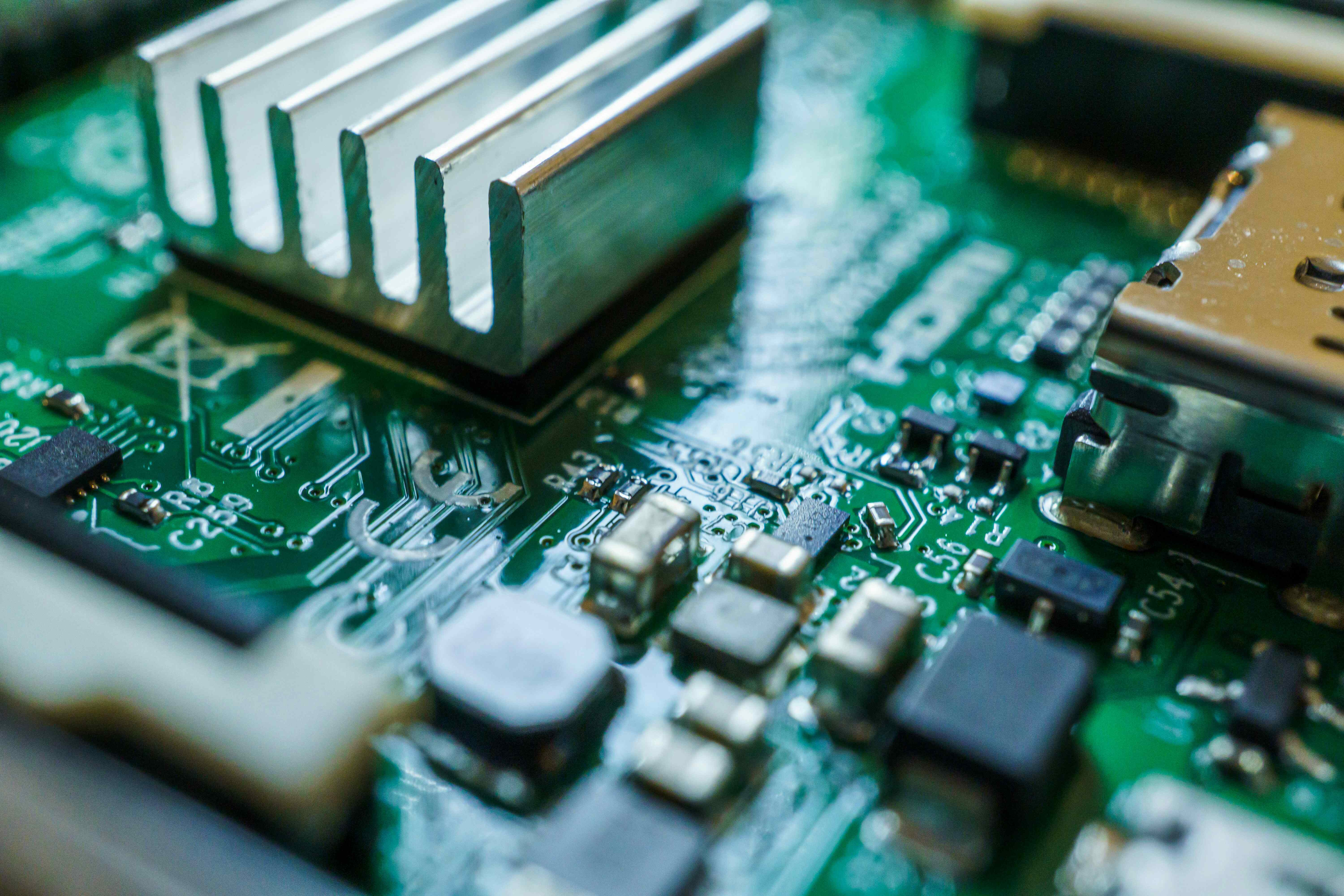The global use of embedded systems in various domains, like wearables, IoT devices, and industrial automation, means their energy usage significantly impacts their environmental footprint and operational costs. Understanding the factors influencing energy efficiency and implementing effective design strategies is essential for businesses seeking sustainable solutions.
In this guide, we will offer insight into the benefits of energy-efficient embedded systems design and the top four strategies businesses can adopt to cultivate effective designs that balance optimal performance with efficiency. We will explore the fundamental skills developers must possess and offer insight into the hiring challenges businesses face concerning embedded systems design jobs.
First, we will answer the fundamental question of ‘What does energy-efficient mean?’ concerning embedded systems design.
What Does Energy-Efficient Mean for Embedded Systems?
Embedded systems prioritising energy efficiency are designed to reduce power consumption while maintaining their intended functionality. This objective is accomplished through various hardware selections, software optimisation, and system-level design methodologies. For example, the energy-efficient design of battery-powered embedded systems ensures longer operational time between charges in a way that ensures optimal performance and efficiency.
With the proliferation of embedded systems across diverse domains like wearables, IoT gadgets, medical applications, and industrial automation, their energy usage holds a substantial impact. By grasping the variables influencing the energy efficiency of embedded systems and integrating suitable strategies for effective, sustainable design, businesses can significantly improve their environmental footprint and reduce operational expenses.
Now that we have gained a deeper understanding of ‘What does energy-efficient mean?’ in embedded systems, we can look more closely at the top 4 strategies for efficient embedded systems design:
Our Top 4 Strategies for Energy-Efficient Embedded Systems Design
Let’s delve into our top four strategies businesses can use for energy-efficient embedded systems design in a way that balances high performance with low power consumption and the essential skills needed to execute these strategies:
1. Hardware Selection
The careful selection of hardware is pivotal in creating energy-optimised embedded systems. Opting for specific components holds substantial sway over the system's power usage, directly influencing factors such as battery life, heat emission, and environmental footprint, creating an energy-efficient design of battery-powered embedded systems.
According to recent research, Embedded Hardware is the largest product segment, with a market share of over 90%. This statistic highlights the broad use of hardware selection, signifying its importance in efficient embedded systems design and development.
Here are some examples of the key hardware components that contribute to energy-efficient embedded systems designs:
Low-power processors (LPP) - LPPs function at reduced voltages, significantly reducing power consumption. Efficient core designs streamline architectures with fewer optimised instruction sets, minimising internal power dissipation. Dynamic Voltage and Frequency Scaling (DVFS) enables voltage and frequency adjustments based on workload demands, allowing processors to operate at lower levels during light tasks, reducing power consumption, and leading to extended battery life and reduced heat generation.
Energy-efficient memory units - Memory chips engineered for low power consumption usually run at lower voltages, decreasing power usage. Low-power memory technologies also minimise leakage current from the persistent power drain during periods of inactivity. Energy-efficient memory hardware often integrates standby and sleep modes, effectively slashing power consumption when not in active operation. These hardware memory features reduce battery life, translating to less heat generation.
Efficient peripherals - Peripherals engineered for low power consumption minimise energy usage during idle periods. Peripherals often feature sleep modes, reducing power consumption when not engaged in data transfer or communication. Power gating also enables the selective disabling of power supply to unused peripherals, further lowering overall energy consumption and heat generation.
Essential Skills
To create energy-efficient embedded systems designs, businesses must ensure they hire developers who have a profound understanding of the following concepts:
Microprocessor architectures - Developers must have profound knowledge and experience with microprocessor architectures and the techniques used to design power- and cost-efficient structures.
PBC Layout - Experience designing printed circuit boards is essential in creating energy-efficient hardware designs for embedded systems. Developers must have experience creating PBC layouts that produce maximum signal integrity and power distribution.
Low-power design technologies and techniques - Mastering established design methodologies such as Design for Power (DfP) enables the seamless integration of energy efficiency principles throughout the design phase. Developers must also obtain expertise in hardware-based power management strategies such as clock gating, voltage scaling, and power gating, which optimises power consumption for efficient operation.
2. Software Optimisation
Efficient software optimisation is crucial in creating energy-conscious embedded systems. By grasping how software influences power usage and implementing effective optimisation methods, developers can engineer systems that deliver peak performance while reducing environmental footprint and operational expenses.
Below are the leading examples of how businesses can cultivate software optimisation to create energy-efficient embedded systems designs:
Code optimisation - Optimising code is vital for creating energy-efficient embedded systems. Choosing efficient coding algorithms and data structures decreases the number of instructions the processor needs to execute, reducing the workload required by the hardware. This energy-efficient design of battery-powered embedded systems means power consumption decreases, and battery life is prolonged, enhancing thermal management and offering potential cost savings.
Application Programming Interfaces (APIs) - APIs control and optimise power consumption, working alongside code optimisation techniques to minimise unnecessary hardware activity and enhance embedded systems' efficiency. APIs also enable software to put unused peripherals, such as sensors and displays, into low power mode/sleep mode, further enhancing the embedded system's efficiency. APIs offer a standardised interface that enables interaction with various features, streamlining power management.
Event-driven programming (EDP) - EDP ensures code runs only when needed, saving the central processing unit from constantly checking for updates. EDP uses resources wisely by solely focusing on essential events. This effectively balances optimised power performance with efficiency. EDP offers a timely response to system changes, making it an efficient option for embedded systems, where real-time response is critical for a positive user experience.
Essential Skills
Developers require a blend of technical expertise, knowledge, and comprehension to optimise software effectively for energy-efficient embedded systems design.
Below are critical skills essential for developers in embedded systems design jobs:
Programming proficiency - Developers must be proficient in assembly language, which is essential for fine-tuning particular code segments and comprehending hardware interactions at a deeper level. Proficiency in embedded system programming concepts, such as memory management techniques, interrupt handling, and real-time programming principles is also vital for effective development in this domain.
Algorithm and data structure knowledge - Proficiency in selecting efficient algorithms is crucial. Opting for those with lower computational complexity lessens the number of instructions executed, minimising power usage. Equally important is a grasp of data structures. Selecting suitable structures that enhance memory access patterns can notably enhance energy efficiency.
Data analysis expertise - Expertise in profiling tools is essential as they pinpoint power-intensive code sections, enabling developers to concentrate on vital optimisation efforts. Analysing skills in performance data is equally essential. Comprehending profiling outcomes and understanding the impact of code choice on power usage is vital for software engineering and optimisation success.
3. System-Level Design
So, why is system-level design important for energy-efficient embedded systems? System-level design utilises a holistic approach that considers various facets of the system. This ranges from selecting appropriate hardware and optimising software to implementing effective power management strategies and addressing thermal concerns.
Here are some key examples of system-level design features used to optimise performance and balance energy efficiency in embedded systems:
Clock-gating - Clock-gating is a power management method that significantly enhances energy efficiency in embedded systems. Its operation involves deactivating the clock signal to designated hardware modules or peripherals when idle. This halts needless switching activity within these modules, decreasing power consumption.
Voltage scaling - To manage workload effectively, the voltage scaling system consistently monitors the processor's activity through software methods or hardware performance counters. Through various adjustments, the system modulates the processor's voltage and frequency according to the workload level. In periods of low activity, the voltage and frequency are reduced, leading to optimised performance when necessary and increasing energy efficiency.
Heat sink design - An efficient heat sink design prevents components from overheating and triggering thermal throttling, reducing processor speed. Heat sinks indirectly enhance energy efficiency and higher performance by allowing the system to operate at increased clock speeds or more aggressively utilise features like dynamic voltage and frequency scaling (DVFS). This enhanced performance is achieved without compromising energy efficiency, as the heat sink ensures adequate cooling even at higher power levels.
Essential Skills
Take a look below at some of the main skills developers need for system-level embedded systems design jobs:
Power consumption knowledge - Developers must be able to recognise elements like processor activity, memory access, and peripheral usage, which is crucial for pinpointing inefficiencies and applying optimisation methods. Power management techniques involve understanding hardware features such as clock gating, dynamic voltage and frequency scaling (DVFS), sleep modes, and software-based strategies like algorithm selection and event-driven programming.
Proficiency in programming languages - Proficiency in programming languages such as C/C++ and assembly, combined with a profound understanding of embedded system programming concepts like memory management, interrupt handling, and real-time programming principles, is crucial for developing effective software solutions that balance optimal performance with efficiency.
Problem-solving - While technical hardware and software expertise is pivotal in energy-efficient embedded systems development, a problem-solving and holistic mindset is equally essential for success. Developers must recognise and analyse possible sources of inefficiency, evaluate trade-offs, and deploy innovative solutions to balance and attain maximum energy efficiency and optimal performance of embedded systems.
4. Energy Harvesting Techniques
Energy harvesting involves capturing and converting environmental energy to power, enables prolonged operation, and decreases dependency on battery-powered embedded systems. This practice promotes sustainability and leads to cost savings. The global energy harvesting system market was valued at USD 496.7 million in 2022 and is anticipated to grow at a CAGR rate of 12.1%, reaching USD 1706.3 million by 2032. This figure highlights the huge demand for energy harvesting in embedded systems design and professionals with expertise in this area.
Here are some of the key examples of the most essential harvesting techniques for embedded systems design:
Solar - Solar energy can power embedded systems applications such as wearable devices and fitness trackers, utilising small solar panels to increase operational time and efficiency between charges. Solar energy is suitable for powering low-power embedded systems, utilising microcontrollers with minimal voltage and processing needs.
Vibration - Devices subjected to consistent vibrations, such as those mounted on machinery in the automation industry or wearable devices, are viable for vibration energy harvesting. Vibration energy is particularly suitable for low-power embedded systems with modest energy requirements, often employing microcontrollers with low operating voltage and processing demands.
Thermal - The fundamental principle behind Thermoelectric Generators (TEGs) is the Seebeck effect, where a temperature difference across dissimilar conductors generates an electric voltage. This electricity can directly power low-power embedded systems or be stored in batteries. TEGs find applications in wireless sensor nodes near heat sources for continuous operation, wearable electronics to harvest body heat, and remote monitoring systems in areas with limited power access.
Essential Skills
As the demand for energy harvesting solutions grows, proficiency in this area will become increasingly important for embedded systems design jobs. Here are a few of the key skills involved in harvesting techniques:
Knowledge of management circuits - Developers must be proficient in designing and implementing effective circuits for voltage regulation, power conversion, and energy storage management, which are essential for optimising the use of harvested energy. Developers must be able to balance maximising the energy harvester's output power and reducing the embedded system's power consumption.
Holistic approach - The energy harvested from the environment fluctuates due to factors such as sunlight intensity, vibration levels, and ambient temperature. Developers must adopt a holistic approach that acknowledges these fluctuations and design a system that can adjust its power usage accordingly. This may entail implementing dynamic voltage and frequency scaling (DVFS) or utilising low-power modes when the harvested energy is constrained.
Continuous learning - Energy harvesting methods for embedded systems design are ever-progressing. Developers must remain abreast of developments in hardware, software, and optimisation techniques to develop more effective energy-harvesting solutions. By nurturing a mindset of continuous learning, developers can play a pivotal role in forging sustainable and efficient embedded systems and advancing towards a more environmentally friendly future.
To discover more about the skills and responsibilities of an embedded systems engineering role, discover our insightful guide - What is an Embedded Systems Engineer?

Hiring Challenges for Embedded Systems Design Jobs
As the demand for energy-efficient embedded systems grows, the need for skilled developers with the required expertise is at an all-time high. According to recent research, the global shortage of full-time developers is set to increase from 1.4 million in 2021 to 4.0 million in 2025, resulting in several hiring challenges within the embedded systems recruitment industry.
Below are some of the most difficult hiring challenges tech recruiters face within the embedded systems industry:
Demand for talent - The rising need for energy-efficient design of battery-powered embedded systems, such as internet-of-things (IoT) devices, wearables, and smart technologies, has notably boosted the requirement for proficient designers and developers. Skilled professionals in this field are highly sought after by various industries, such as automotive, aerospace, and consumer electronics, intensifying the competition for top talent.
Skill shortages - As we mentioned previously, the considerable demand for embedded systems developers has led to substantial skill gaps within the industry. The emergence of new technologies is resulting in skill gaps between those employers seek and those possessed by potential candidates. Embedded systems design requires a combination of hardware and software proficiency and low-power design. Securing individuals with this extensive skillset poses a significant challenge.
Remote challenges - As remote working opportunities continue to grow, challenges arise in assessing technical skills and cultural fit compared to in-person interviews. Evaluating practical skills and hands-on experience in embedded systems design becomes more difficult in a remote setting, making it hard for employers to identify the required skills and hire suitable developers.
Final Thoughts on Embedded Systems Design and Strategy
Energy-efficient embedded systems design is imperative in today's technology-driven world. Several strategies, from hardware selection to software optimisation, system-level design, and energy harvesting techniques, are crucial in mitigating energy consumption and enhancing overall efficiency.
This guide has shed light on the essential skills required for developers in embedded systems design jobs, emphasising the need for proficiency in microprocessor architectures, PCB layout, low-power design technologies, programming languages, algorithms, and data structure knowledge, as well as problem-solving abilities.
Addressing hiring challenges becomes paramount as the demand for energy-efficient embedded systems design continues to grow. Skill shortages, intensified competition for talent, and the emergence of remote work present significant obstacles for tech recruiters in the embedded systems industry, underscoring the importance of innovative recruitment strategies and continuous skill development initiatives
In navigating these challenges and leveraging the strategies outlined in this guide, businesses can position themselves at the forefront of energy-efficient embedded systems design, driving sustainability, cost-effectiveness, and technological advancement in the ever-evolving industry.
Sourcing Top Talent in Embedded Systems Design to Global Businesses
Is your business looking for its next potential hire for embedded systems design? We have expert tech recruitment specialists who can help. With our extensive client network and unmatched expertise, we have the necessary resources to connect your business with outstanding developer and design talent.
Whether you are a business or candidate searching for their next career opportunity, contact us today to discover how we can help you achieve your goals.






